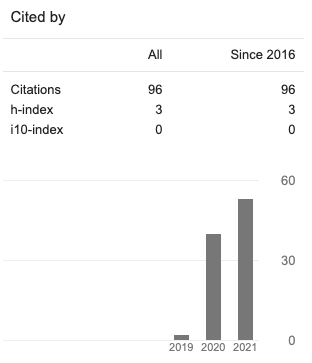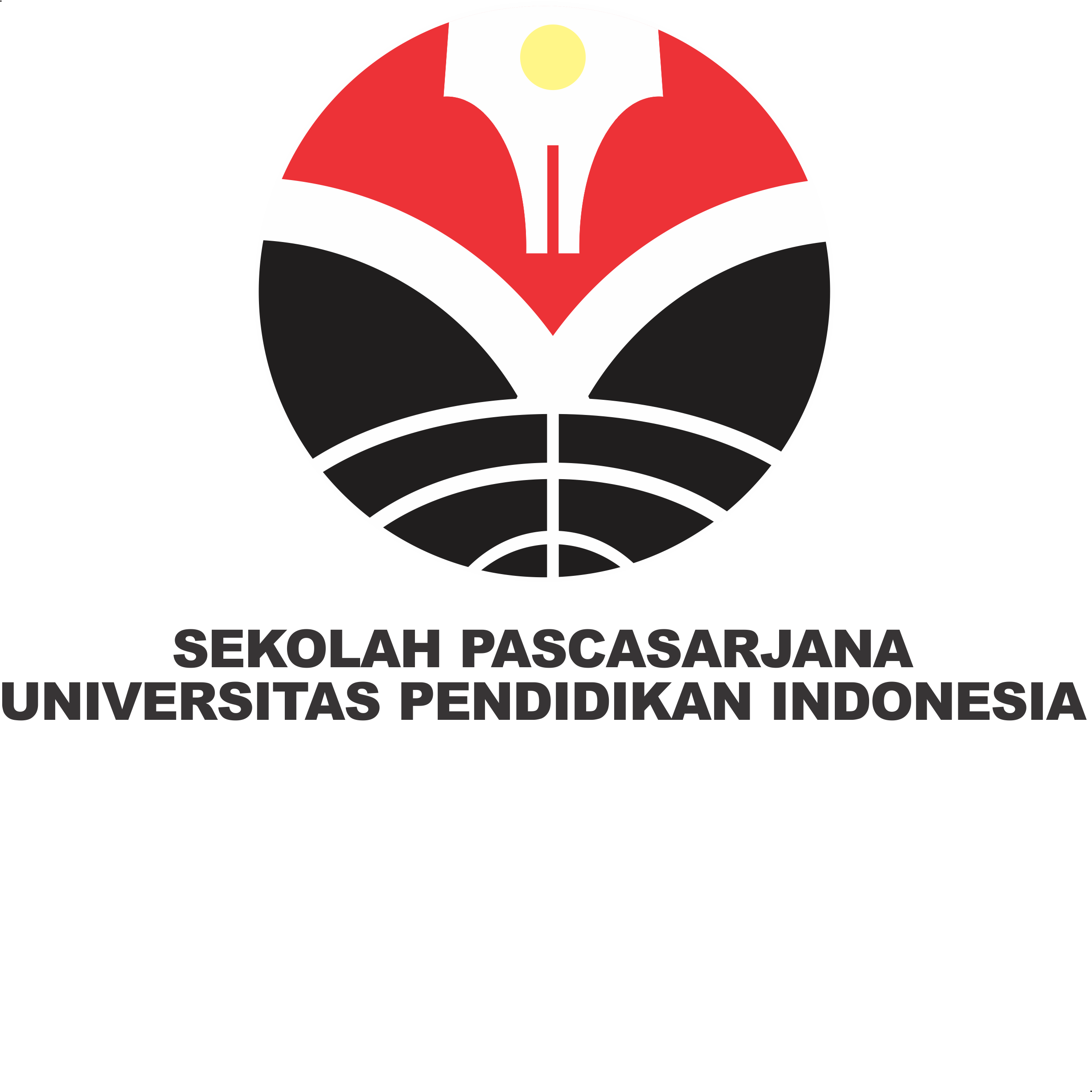Describing Mathematical Communication Ability, Logical Thinking and Student Learning Outcome of Class V Elementary School in Sombaopu Makassar
Abstract
This study aims to determine (1) the influence of mathematical communication skills on students’ learning outcomes, (2) the influence of logical thinking on students’ learning outcomes, (3) the influence of mathematical communication skills and logical thinking on learning outcomes. This research was a correlational expost-facto study. The sample of this study were 160 students of grade V elementary school students in Sombaopu, Gowa in the academic year of 2017/2018, who were obtained through proportionate stratified random sampling technique. Data collection was done by providing tests of mathematical communication skills, tests of logical thinking and tests of student learning outcomes. The analysis technique used is descriptive statistics by finding the maximum, minimum, mean, and standard deviation values. The results of this study indicate: (1) there is a significant influence between mathematical communication skills and students’ learning outcomes. (2) there is a significant influence between logical thinking and students’ learning outcomes. (3) there is a significant influence between mathematical communication skills and logical thinking with students’ learning outcomes















